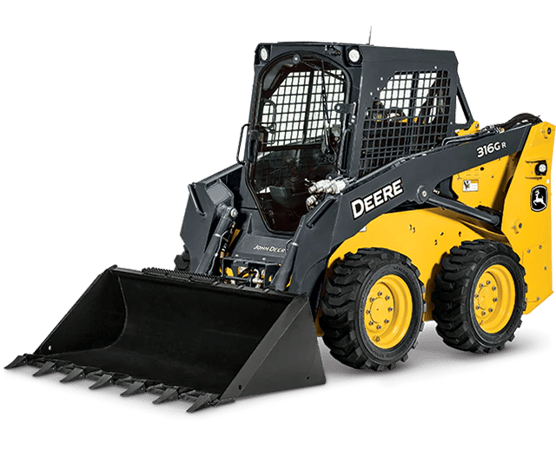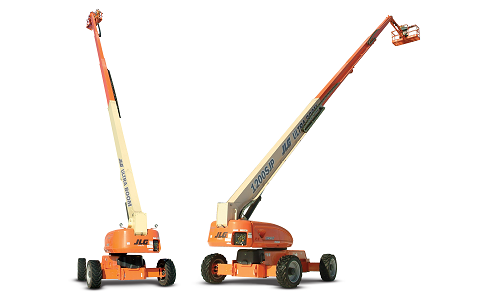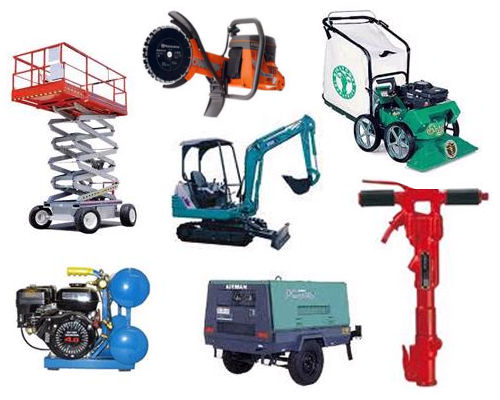Optimize Your Spending Plan by Recognizing the Expenses Related To Building Devices Leasings
Understanding the full range of expenses connected with building and construction devices services is crucial for maximizing your spending plan. While the initial rental cost might appear uncomplicated, numerous extra expenses-- such as transportation, fuel surcharges, and upkeep-- can swiftly collect, impacting your economic preparation. In addition, knowing various costs and the ins and outs of rental contracts can help avoid unexpected economic problems. What methods can be used to efficiently take care of these costs and make certain a more effective rental experience?
Overview of Rental Expenses
When taking into consideration construction devices services, understanding the connected prices is critical for effective budgeting and task preparation. Rental costs can differ substantially based on numerous variables, consisting of devices type, period of service, and area. The initial rental fee typically mirrors the tools's market demand and its associated operational abilities, affecting the overall cost.
In addition to the base rental rate, ancillary expenses might emerge, such as transport charges, fuel surcharges, and upkeep fees. It is important to make up these added costs to accurately assess the complete expense of leasing devices. The rental period can influence prices; longer rentals may certify for affordable rates, while temporary services might sustain greater everyday costs.

Failure of Rental Prices
An extensive understanding of rental prices is important for contractors and task supervisors intending to enhance their budgets. Rental rates for building and construction tools commonly consist of numerous components, including base rates, time-based fees, and usage costs.
Base rates are the core fees associated with the rental of the equipment, usually figured out by the type and size of the machinery. These prices can differ considerably, influenced by aspects such as tools demand, schedule, and local market patterns. Time-based charges, which might be daily, weekly, or monthly, offer to accommodate different task timelines and rental durations.
Additionally, rental prices might include usage charges, which apply when tools is utilized beyond a defined limit, making sure that the rental business can make up damage. Seasonal need variations can additionally affect rental rates, with peak building periods normally regulating higher costs.
Furthermore, understanding the rental company's plans relating to maintenance and insurance can provide additional insight into the overall price framework. By evaluating these parts, service providers can make informed decisions, making sure the option of rental tools straightens with both task needs and spending plan restraints.
Added Charges to Think About
Recognizing the intricacies of additional charges is vital for specialists to handle their overall rental costs efficiently. Past the standard rental prices, different extra charges can dramatically affect the overall cost of tools leasing. These costs often consist of distribution and pick-up fees, which can vary based upon range and logistics associated with moving the devices to and from the work website.
Furthermore, some rental companies may enforce gas additional charges if the devices is returned with less fuel than when rented out. It is also important to understand prospective cleansing fees, particularly for specialized devices that calls for extensive upkeep after usage.

Completely examining the rental contract and clearing up these extra costs upfront can help professionals make sure and prevent unanticipated expenses that budget plans stay intact throughout the project lifecycle.
Upkeep and Repair Service Expenses
Normal repair and maintenance expenditures are often forgotten aspects that can considerably affect the general cost of construction tools leasings. When renting equipment, it is crucial to think about not just the rental charges however also the possible expenses connected with maintaining the machinery in optimum operating problem.
Many rental firms consist of standard upkeep as part of the rental arrangement; nevertheless, extra unanticipated breakdowns or extensive repair services can lead to added expenses. It's necessary to review the rental agreement thoroughly to understand what upkeep services are covered and what responsibilities drop on the renter.
Moreover, devices that is not well-maintained can bring about inadequacies on the task site, possibly boosting and triggering hold-ups project expenses. To alleviate these dangers, it is suggested to perform regular inspections and preserve open communication with the rental copyright concerning any type of problems that develop during use.
Insurance Policy and Responsibility Costs
Insurance and liability costs are important components that can considerably influence the general cost of construction devices services (boom lift rental). These costs ensure that both the rental company and the client are protected from potential financial losses more information arising from accidents, damage, or theft during the rental duration

In addition, customers need to recognize any deductibles or exclusions in the insurance coverage, as these can affect possible out-of-pocket expenditures. Recognizing the terms and problems of any type of insurance protection is crucial to prevent unanticipated expenses. Inevitably, budgeting for insurance coverage and responsibility expenses can assist ensure a smoother rental experience and shield against economic dangers related to building and construction jobs.
Conclusion
In final thought, a second hand excavator for sale comprehensive understanding of the costs connected with building and construction equipment leasings is essential for efficient spending plan management. By assessing rental prices, additional costs, upkeep costs, and insurance policy requirements, people and companies can reduce unexpected expenses. This tactical approach not just enhances cost-effectiveness however additionally makes certain that tasks progress smoothly and effectively. Eventually, notified decision-making pertaining to tools services adds to the overall success of building ventures.
Rental prices can differ dramatically based on several factors, including tools kind, period of service, and place (boom lift rental). The rental period can affect prices; longer leasings may qualify for discounted prices, while short-term services might sustain greater daily costs
By conducting complete research study and involving with respectable rental companies, service providers can efficiently navigate the complexities of rental pricing, eventually maximizing their economic resources.
Beyond the basic rental rates, various additional charges can considerably impact the complete cost of equipment leasing. Rental firms typically give liability insurance policy that covers injuries to third celebrations or damages to residential property, while equipment damages insurance can cover the price of repair work or substitute if the rented equipment is harmed.
Comments on “Heavy Equipment Rental: Large Equipment for Any Kind Of Construction Task”